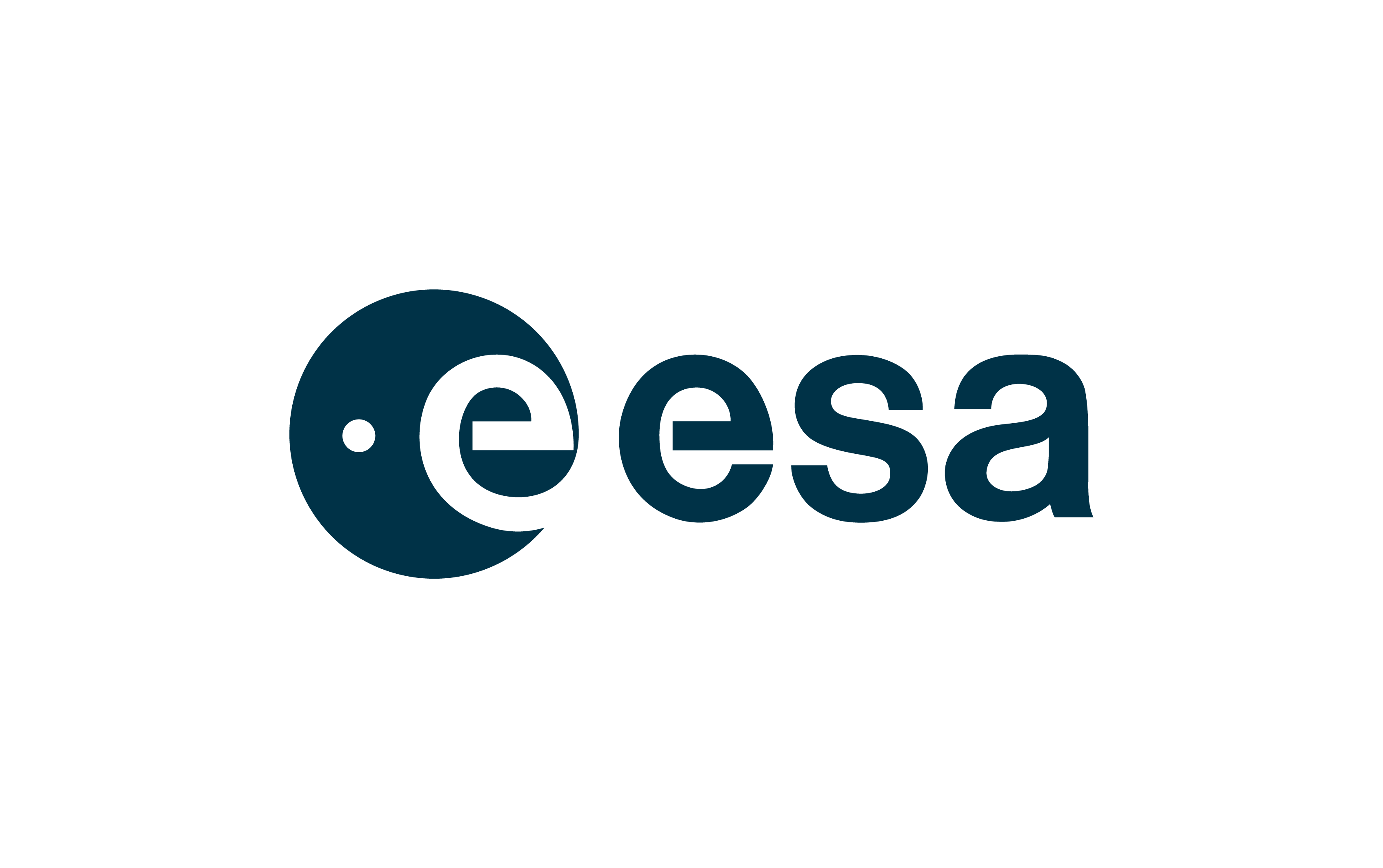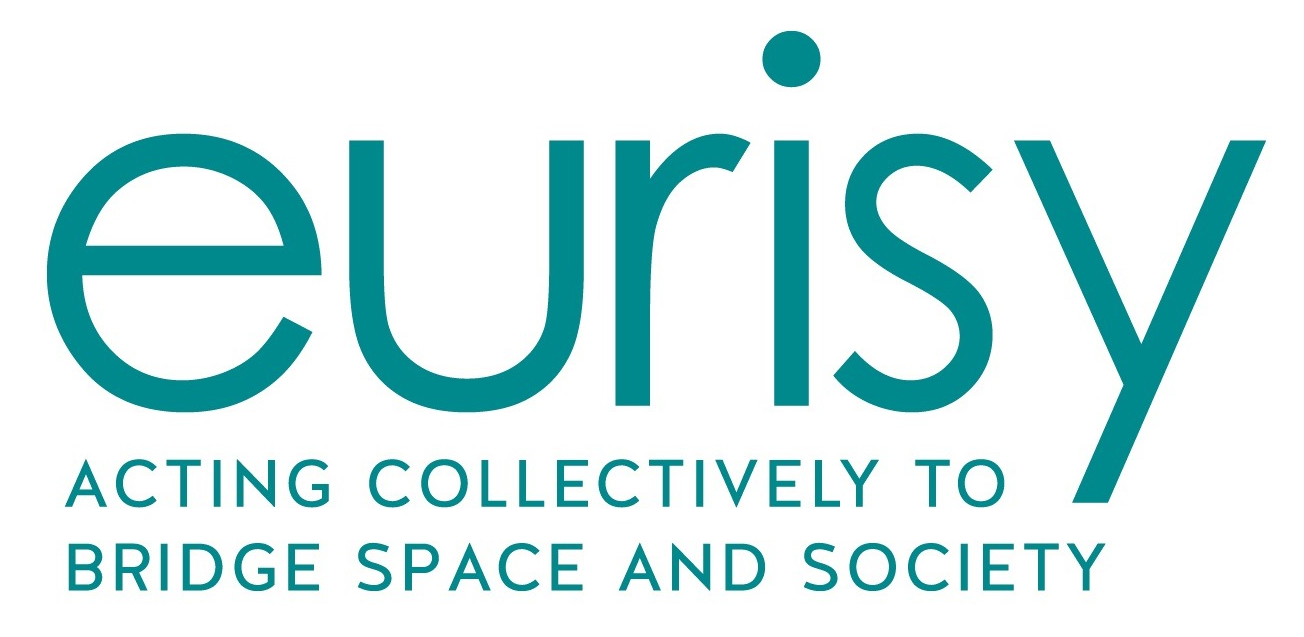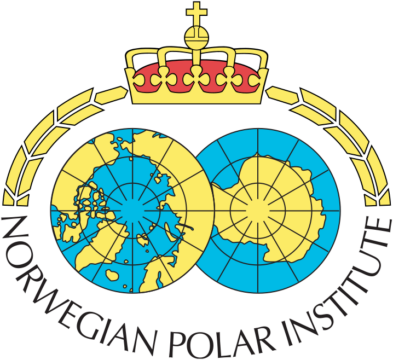ESA, Eurisy, NOSA, and the NPI bring space to the Arctic for climate, safety, and sustainable development
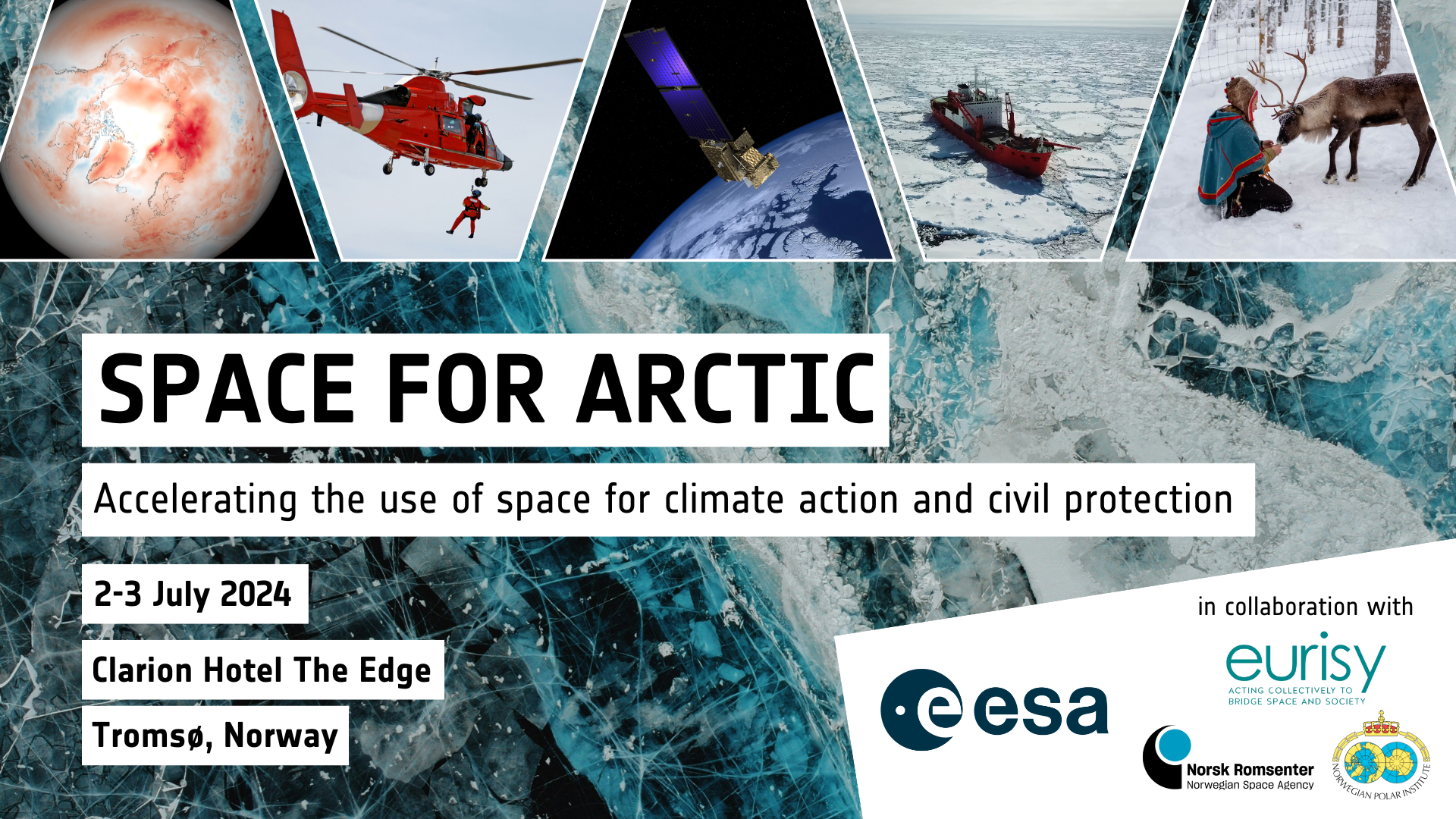
On 2nd and 3rd July, the European Space Agency (ESA) in collaboration with Eurisy, the Norwegian Space Agency (NOSA), and the Norwegian Polar Institute (NPI), organised the Space for Arctic workshop in Tromsø, Norway, in the context of the ESA Accelerators and ESA’s Civil Security from Space Programme. The 2-day workshop, led by Pascal Legai (DG Cabinet), gathered space and Arctic experts, industry, user communities, and researchers to discuss the potential of space technologies for the Arctic and gathering needs supporting the development of new programmes and capabilities in order to tackle climate change impacts in the region. Three thematic panels, each addressing a different challenge facing the Arctic: Sustainable Economic Development, Safety, and Climate & Environmental challenges, that were synthesised by a Policy Panel gathering high level policy experts and practitioners drawing the way forward for the region.
The Arctic region is warming four times faster than the rest of the planet. As sea ice retreats, increased maritime activity emerges on new shipping routes, creating risks to safety in an increasingly unpredictable operating environment. Simultaneously, opportunities emerge for new forms of economic growth which must be conducted responsibly and sustainably to protect the fragile region’s ecological system and its 4 million inhabitants, including indigenous peoples. Space capabilities have a clear potential to effectively tackle Arctic challenges, from safe navigation, accurate weather prediction, secure and resilient satellite communications, and environmental monitoring.
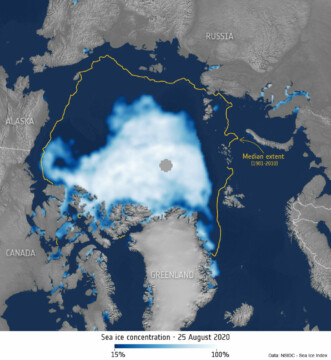
Credit: NSIDC/processed by ESA
As stated in his opening address by ESA Director General Josef Aschbacher “for over 40 years, ESA has delivered missions that include ERS, ENVISAT, CRYOSAT, the Sentinel satellites. New Copernicus expansion missions like Rose-L and CRISTAL, are also coming, shaped by the needs emerged from the European Union Arctic Policy, showing the effects of climate change and supporting sustainable development. In addition, a dedicated Arctic Digital Twin is being developed through the Digital Twin Earth Programme. As well, is the upcoming Arctic Weather Satellite, which will contribute to enhanced weather forecast in the Arctic. […] ESA has also launched an ambitious initiative to accelerate the use of space to improve life on Earth that will also benefit the Arctic […] for example, by providing improved broadband communications, better weather forecasting, enhanced safety and navigation, and advanced emergency responses.”
Christian Hauglie-Hanssen, Director General of the NOSA stated: “The workshop’s focus on Accelerating the Use of Space for Climate Action and Civil Protection is crucial for NOSA. Addressing the region’s 4°C of warming affecting wildlife and fisheries is critical as it is understanding and protecting the needs of the indigenous population. Norway already hosts significant space infrastructure in the Arctic including KSAT ground stations, and the Andøya Spaceport, but more can be done. The Arctic Surveillance programme with its 20-year vision for monitoring the region, aims at implementing collaborative efforts supporting authorities’ needs on maritime surveillance whilst developing national space industries and R&D.”
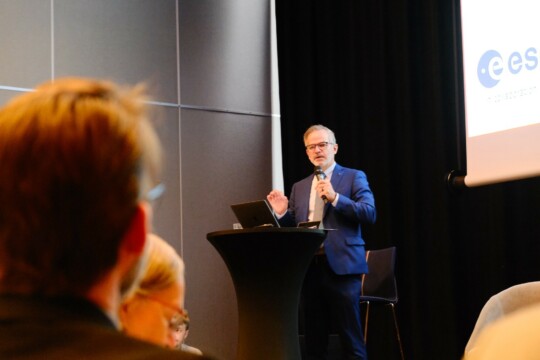
Christian Hauglie-Hanssen, Director General of the Norwegian Space Agency (NOSA) delivers a keynote address.
The role of research institutes within the region also plays a fundamental role in understanding the complex and changing Arctic environment. Highlighting a number of the organisation’s activities supporting the Arctic environment, Camilla Brekke, Director of the Norwegian Polar Institute recalled “the importance of remote sensing to obtain data about a region as remote and spatially vast as the Arctic. Our programs provide crucial information on the status of the sea ice, the glaciers on Svalbard, marine life and ecosystems, whilst helping to monitor vegetation and greening across the region.”
Laurent Jaffart, Director of Connectivity and Secure Communications emphasised how: “The Arctic is a unique laboratory with important geopolitics dynamics. Competition is changing the strategic approach in the region with an increased demand for space capabilities. Space is needed to answer the new Arctic landscape. The Civil Security from Space Programme will deliver space services to users leveraging first existing space infrastructures, utilising innovative digital technologies such as AI, to connect users securely in real time through a federated system of systems approach.”
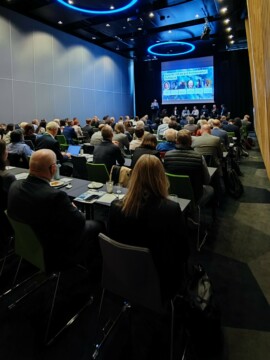
Over 100 attendees gathered to discuss climate, safety, and sustainable development challenges in the Arctic
Across all the discussions it was highlighted that although the Arctic is a large and diverse region including several countries and ethnicities, many actors face shared challenges which should be addressed through a collaborative approach. The need to better connect space technologies with end-users emerged as fundamental. Public authorities rely on accurate, reliable, timely, and resilient information, which space data can provide, but which must be delivered in an actionable manner. As well, understanding the specific needs of Arctic indigenous communities is key to ensure a successful uptake of space within communities.
In reflecting on a fruitful workshop featuring over 100 high level registrants from across different space and Arctic perspectives Annalisa Donati, Secretary General of Eurisy highlighted: “Eurisy has as its core mission the connection of satellite applications with end users: bridging the gap between space and society. Eurisy has extensive experience of bringing together different communities within and beyond the space sector to highlight the potential of satellite applications in events such as the ESA Space for Arctic workshop”.
The participants finally benefitted from a site visit to the KSAT facilities to experience their satellite operations centre.
